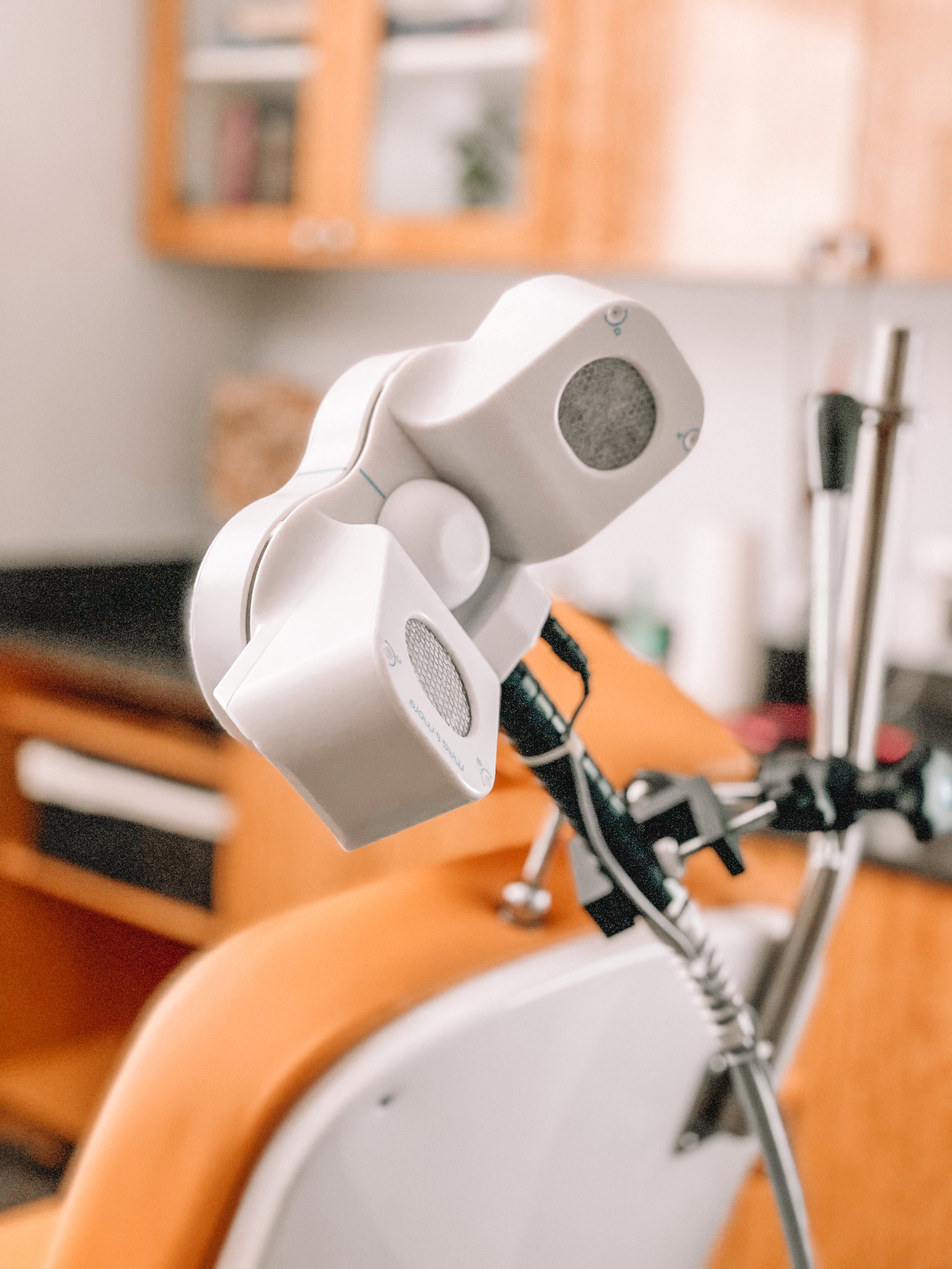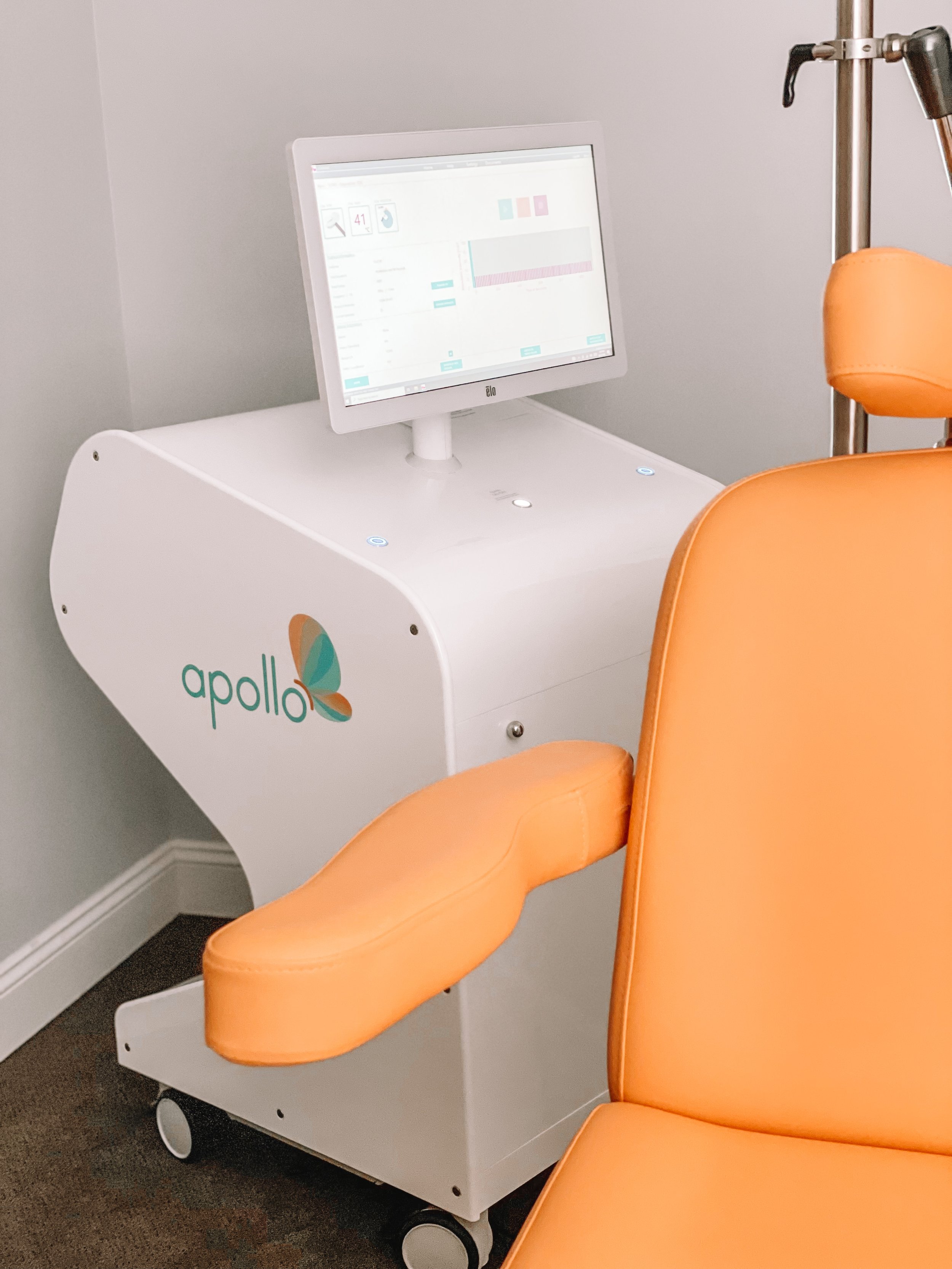Transcranial magnetic stimulation (tms)
Transcranial Magnetic Stimulation (TMS) technology received FDA-approval in 2008 to treat depression patients whose symptoms are non-responsive to antidepressant medications. Historically, depression has been difficult to treat in about half of all diagnosed patients, marking TMS treatment as an extremely important development for the field of psychiatry.
Let us imagine a new patient comes to Tampa Neuropsychaitry for depression and we decide to start treatment with an antidepressant. Chances of the depression going away completely is about 35%, and when patients who do not see improvement return to us, the chances of a second antidepressant effectively treating the depression decreases to about 30%. This shows us that roughly half of patients diagnosed with depression will be effectively treated within the first two medication trials.
If a patient does not recover during the first two medication trials, in the third trial, the chances of recovery decrease to 15%, and for the fourth trial there is only a 10% chance of recovery. Every treatment thereafter, there is about a 10% chance of recovery per medication trial. There are several different strategies to increase these chances of recovery using combinations of medications, and while this can be effective, it can also increase the chances of patients experiencing side effects from medications.
Transcranial Magnetic Stimulation (TMS) has been found in clinical trials to get rid of depression, referred to as remission, about 40% of the time, additionally 60% of patients report at least a 50% improvement in depression symptoms. Having four-fold greater effectiveness than antidepressants at this stage of treatment is simply a massively effective response that is rarely seen in clinical medicine.
At this point you are probably asking, what exactly is Transcranial Magnetic Stimulation? TMS is a medical device that emits an electromagnetic pulse to stimulate neurons in the brain. In order to treat depression, the TMS device is positioned over a very specific part of the brain – the left dorsolateral prefrontal cortex (DLPCF).
Scientific studies of depression have found the DLPFC to be under-active. The DLPFC has very rich connections with deeper brain structures that comprise the limbic system, which is the emotional center of the brain. Depression studies have found the emotional centers of the brain to be hyperactive, but with successful TMS treatment the hyperactivity of emotional centers in depression patients is normalized. In essence, TMS increases frontal lobe activity and decreases limbic activity, specifically addressing treatment issues associated with depression patients.
Does TMS address the underlying cause of depression? Probably not. There are multiple reasons why people develop depression, or increased firing of the limbic system with decreased firing in the frontal lobes. The two main causes are stress and genetic predisposition. With TMS, we are correcting abnormal brain firing, but we are not correcting the reasons behind the development of abnormal firing. That is why it is ideal to use a comprehensive approach to treat depression, with TMS being the tool used for normalizing brain function, and stress-reduction techniques combined with antidepressant medication to prevent relapse of depression. A personalized approach is always needed as there are different risk factors involved from person to person.
Overall, TMS has been an important breakthrough in the field of psychiatry. Multiple other psychiatric problems such as anxiety, OCD, PTSD, bipolar disorder, and even nicotine addiction have been studied and found to improve with TMS treatment. The FDA has already approved TMS treatment for OCD and nicotine addiction, and I believe many more psychiatric disorders are to follow. Insurance companies, including Medicare and Medicaid, as well as all major commercial insurances have realized the benefits of TMS for the treatment of depression and are including the treatment in coverage. TMS and further technological advancements could be the catalyst to finally providing relief of psychiatric disorders for those who have not benefited from traditional psychiatric treatment.



















